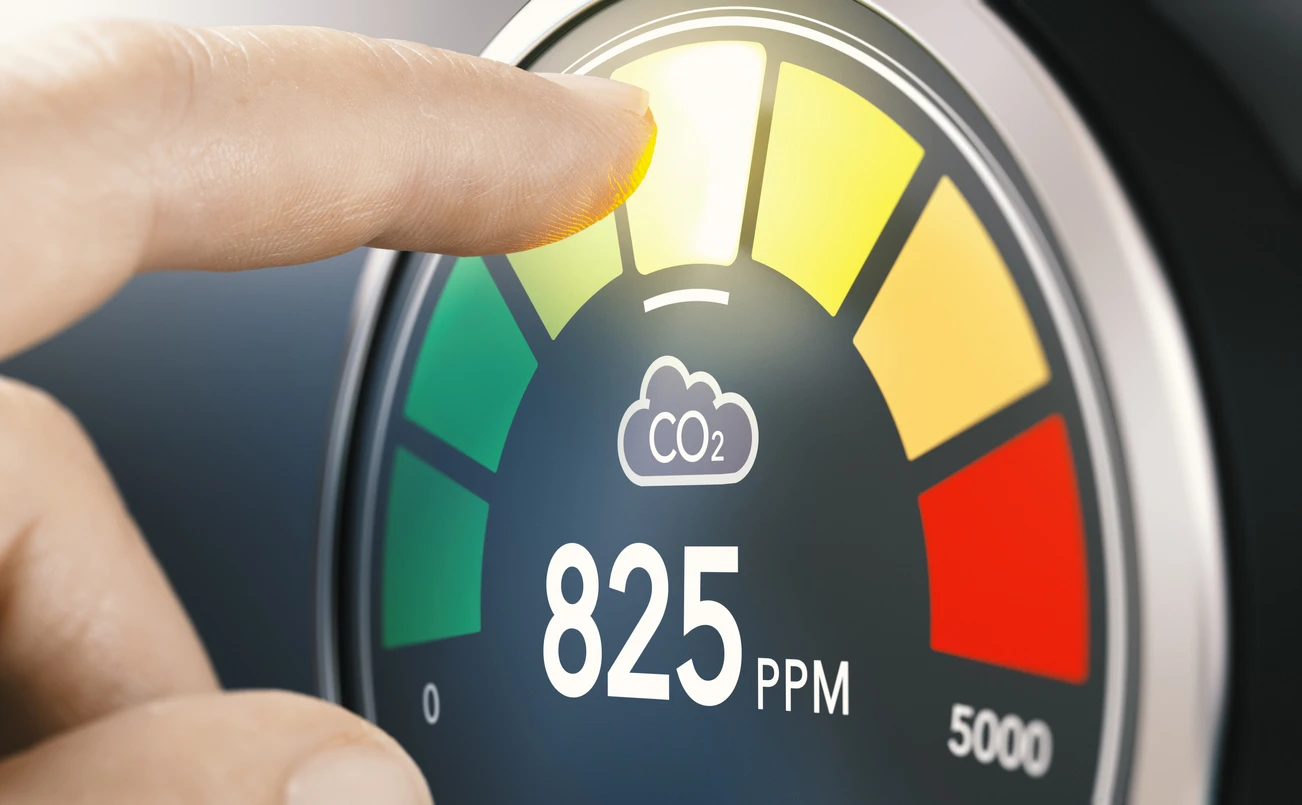
How Air Quality Tests Can Safeguard Your Health
Did you know indoor air quality is more polluted than outdoor air? The US Environmental Protection Agency (EPA) notes that concentrations of pollutants are 2 to 5 times higher inside residential and commercial buildings than outside. Americans spending over 90% of their time indoors only exacerbates this problem. Don’t let your family continue to breathe contaminated air particles. Let Aire Serv of Nashville help you test and clean your air affordably.
There are many benefits to booking a professional indoor air quality test. Indoor air quality testing is a valuable tool, but it is wise to be strategic and selective about the process. You deserve professional solutions if you want to mitigate the air pollution inside your home. Don’t settle for a DIY approach or unreliable store-bought alternatives. Our experts will accurately measure and determine the specific pollutants and contaminants in your home!
The Downsides of Unhealthy Indoor Air
Poor indoor air quality can cause several health issues down the line. Airborne irritants & invisible pollutants can trigger asthma attacks, cause respiratory complications, and even lead to cancer. If you are worried about your family's exposure to dangerous fumes like VOCs or radon, it’s wise to test your air, remediate issues, and retest to maximize safety.
It is no wonder that many homeowners are becoming increasingly concerned about the indoor air quality of their homes (IAQ). Improving indoor air quality starts with understanding what is in the air in the first place. We have the tools and skills to test and monitor your indoor air to determine the best route for remediation. Let our experts significantly reduce the unseen pollutants floating around in your home sooner than later.
The EPA’s List of Common Indoor Air Contaminants
Biological Pollutants
This category includes pollen, dust mites, mold, dander, and bacteria. Biological pollutants can lead to allergic reactions (rhinitis, asthmatic hypersensitivity, pneumonitis, etc.) when viruses and toxins are transmitted via microorganisms. Mold is one of the biggest culprits of airborne biological pollutants. The CDC reports that mold can cause throat irritation, nasal stuffiness, coughing, wheezing, eye irritation, and upper respiratory symptoms.
Another common culprit of indoor pollution is pollen, which can trigger hay fever after entering the nose or throat. Hay fever can cause itchy/watery eyes, sneezing, and coughing.
Finally, there is the problem of indoor dust mites. Dust mites are ubiquitous and can trigger wheezing, breathing problems, chest tightness, and asthma attacks. The National Institutes of Health (NIH) recommends installing a dehumidifier or air conditioner to keep humidity at 50% or below to mitigate dust mite populations.
Chemical Pollutants
This category includes lead, radon, and volatile organic compounds (VOCs) like formaldehyde. Over time, numerous chemical products we store and use in our homes can release volatile organic compounds.
The list of household products containing VOCs includes:
- Paints & fuels
- Dry-cleaned clothes
- Building materials/furnishings
- Craft supplies
- Office equipment
- Cleaners and disinfectants
- Wood preservatives
- And much more
According to the NIH, prolonged exposure to VOCs can lead to kidney failure, central nervous system damage, and liver issues. Short-term exposure can cause headaches, dizziness, fatigue, coordination problems, skin reactions, memory impairment, nausea, and respiratory tract irritations.
To reduce VOC levels, we recommend:
- Adding ventilation to increase fresh air
- Following product label directions closely
- Discarding chemicals safely
- Reducing your exposure to benzene and other carcinogens
- Changing HVAC filters & installing air-cleaning devices
Combustion Pollutants
This category includes carbon monoxide, tobacco smoke, and some VOCs. Environmental tobacco smoke (also known as ETS or secondhand smoke) dramatically increases the risk of respiratory infections (such as pneumonia and bronchitis) and lung cancer. The best way to avoid the negative effects of ETS is to smoke outdoors. You may want to consider installing an indoor air purifier this is not possible.
Carbon monoxide (CO) is a colorless, odorless gas used by kerosene lamps, woodstoves, fireplaces, gas space heaters, and gas stoves. At lower concentrations, CO can cause weakness, nausea, headaches, dizziness, and confusion. At high concentrations, CO can be lethal if there is a leak without ventilation. Ask our team about installing a carbon monoxide alarm and adding ventilation to protect your home and family today!
Effective HVAC Solutions to Combat Poor IAQ
If you are concerned about the indoor air quality of your home, testing might be a good option. We can measure pollutants to determine if your air quality meets the standards set by the EPA for acceptable indoor air. When you hire Aire Serv of Nashville for indoor air quality testing, our technicians will complete a comprehensive report and provide actionable next steps (ventilation solutions, filter replacements, upgraded humidifiers, etc.) to meet the EPA’s recommended IAQ standards.
To learn more about how our HVAC services can help with poor IAQ, contact us online or call today!

